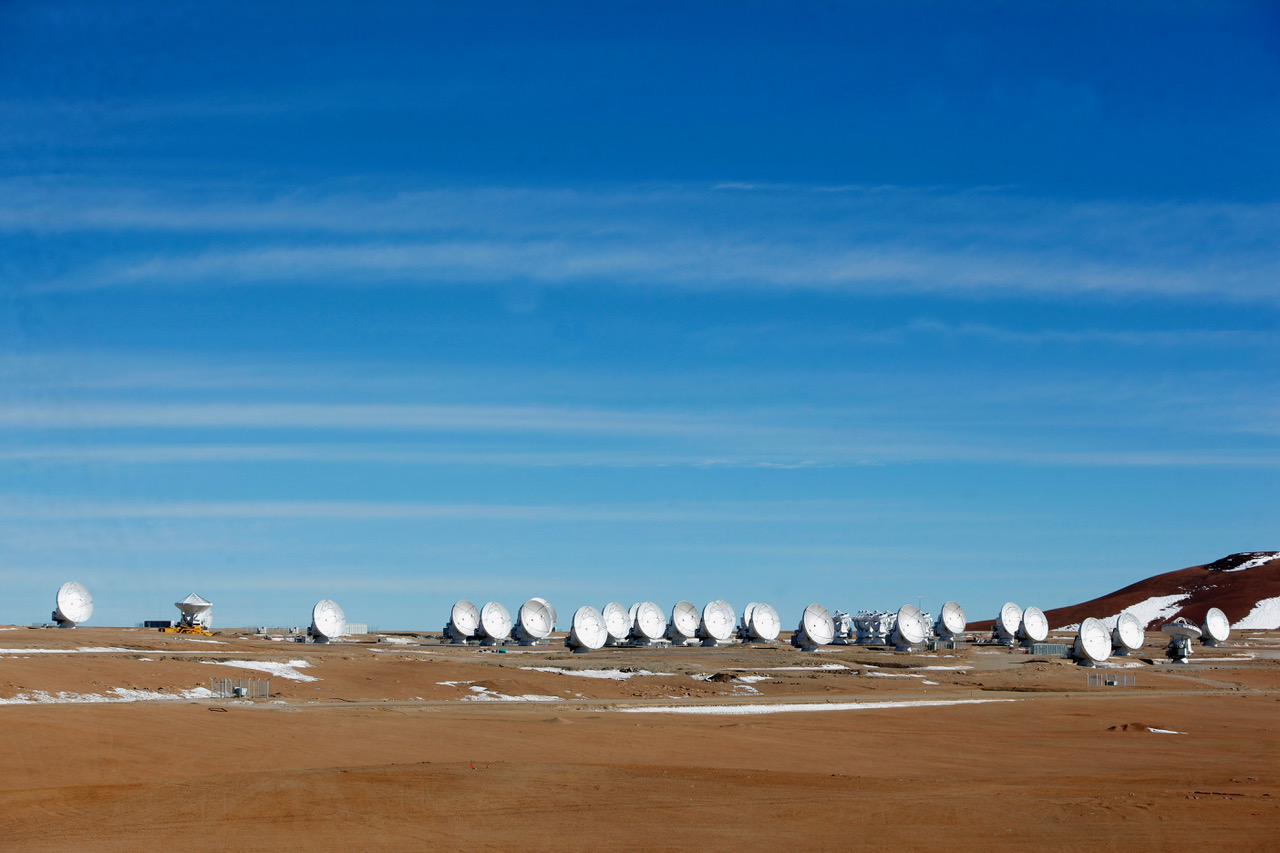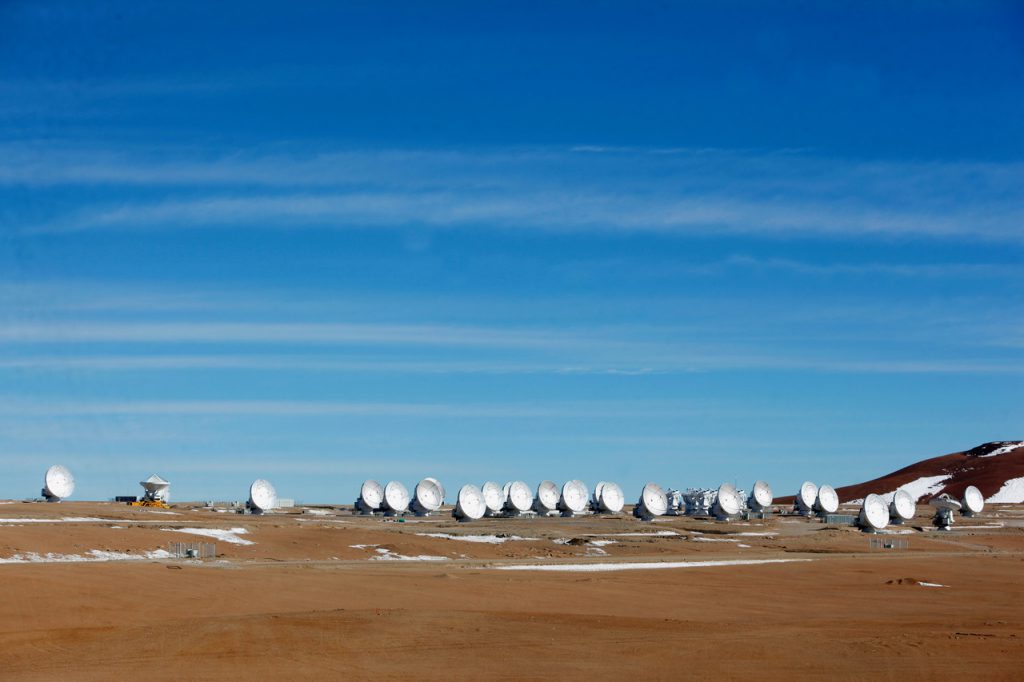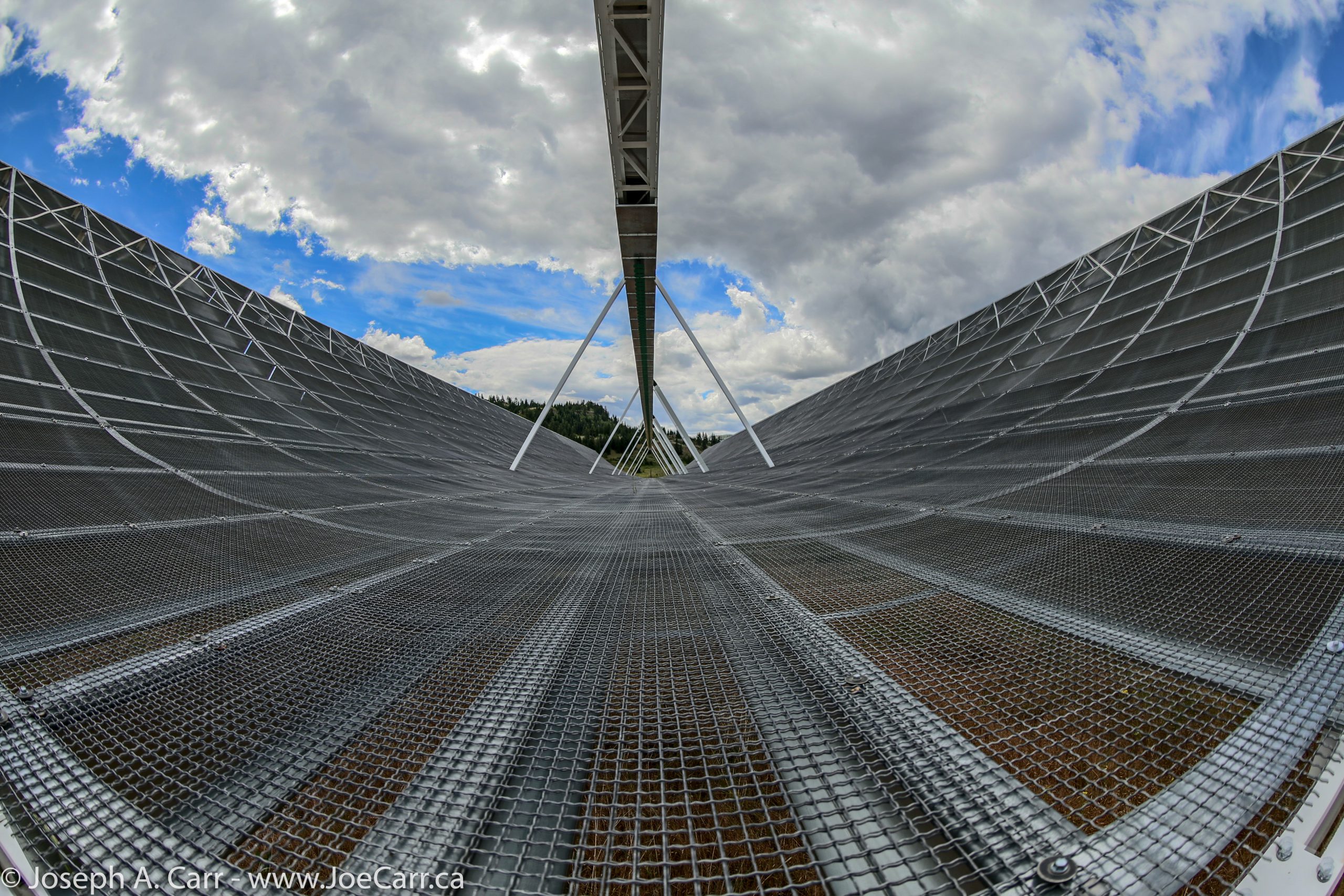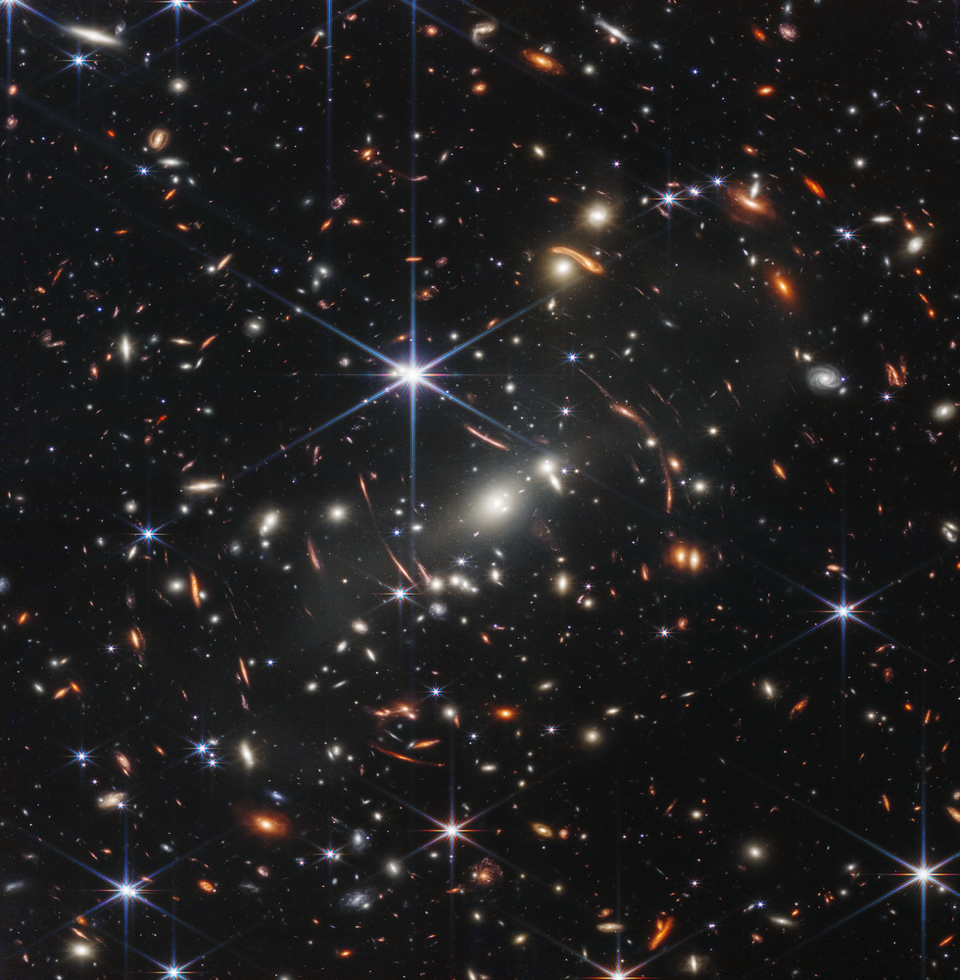
“You can’t have one without the other: Circumstellar disks produce and are produced by planets” – Dr. Brenda Matthews, NRC
Many people know that planets form in circumstellar disks around young stars, but did you know that planets later drive the formation of a secondary disk in approximately 1 out of every 5 solar systems? I will present the latest imaging of planet formation and explore the improving possibilities of detecting planets around main sequence stars via the disks they can help create at later times. Using imaging from ALMA and JWST, I will present new discoveries about these more evolved “debris disks” and highlight the potential for future instrumentation to teach us even more.
Date/Time: November 8, 2023, starting at 7:30PM
Location: Bob Wright Centre, Lecture Theatre A104, University of Victoria. Park in Lot 1 (pay parking) and cross Ring Road.


Dr. Brenda Matthews has a PhD from McMaster University in 2001. From there, she held a postdoctoral fellowship at UC Berkeley before joining NRC in 2004. Since 2019, she has been the Millimetre Astronomy Group Lead and, as such coordinates the MAG support for the ALMA telescope as part of the North American ALMA Science Center. She is an expert in infared,, mm and submm astronomy, polarization imaging and interferometry. Since 2002, much of her research has focussed on debris disks, circumstellar disks around main sequence stars, produced via collisions of comets and asteroids, and she has authored two reviews on debris disks.
She was the PI of a key program on the Herschel Space Observatory, is a member of the disks team of the Gemini Planet Imager Exoplanet Survey and is a member of an Early Release Science team targeting exoplanets and disks with JWST. Dr. Matthews was also a member of the Canadian Astronomical Society’s 2020 Long Range Plan panel and is co-chair of the Science Advisory Committee for the Next Generation Very Large Array (ngVLA).


